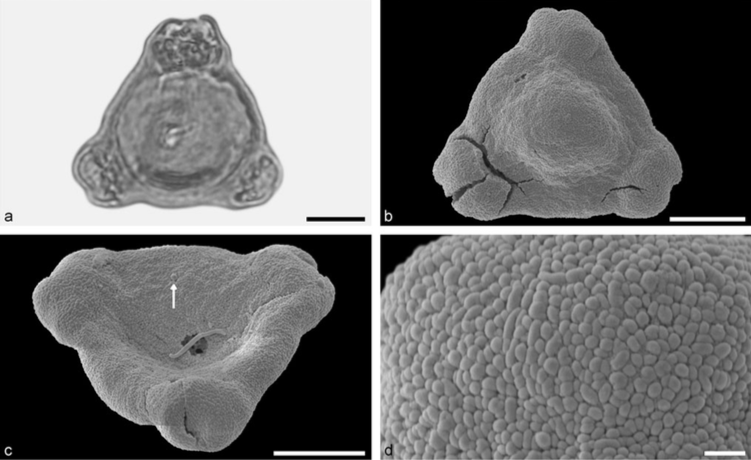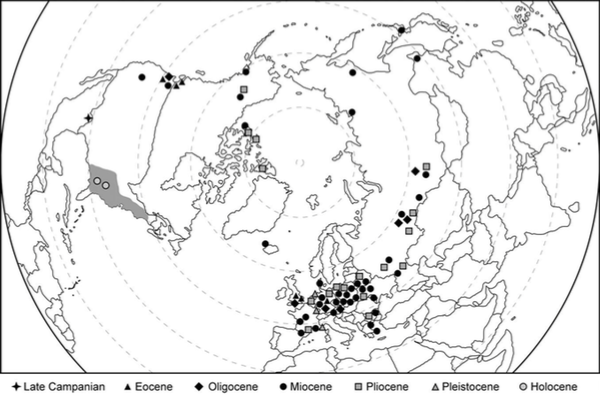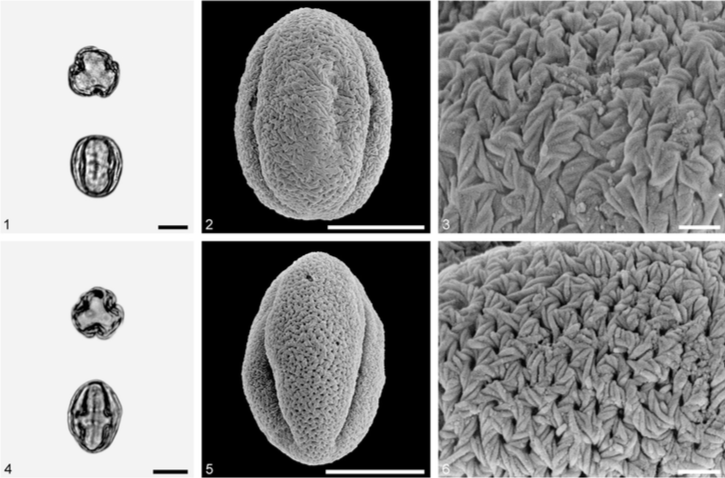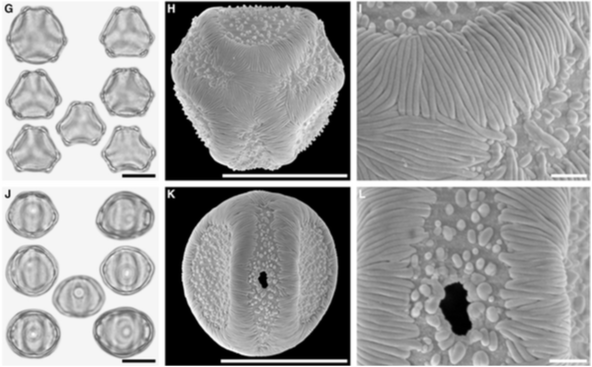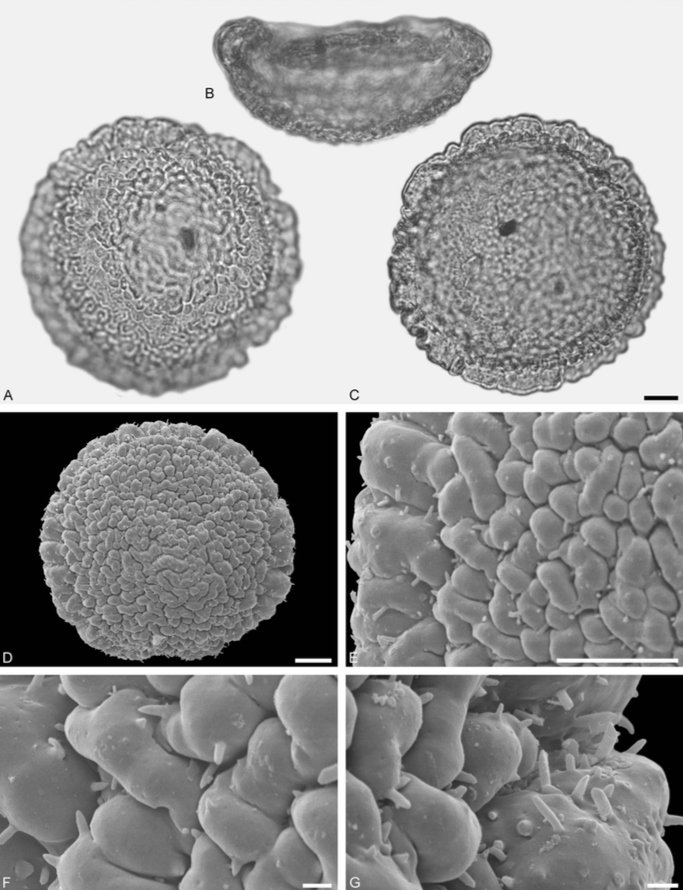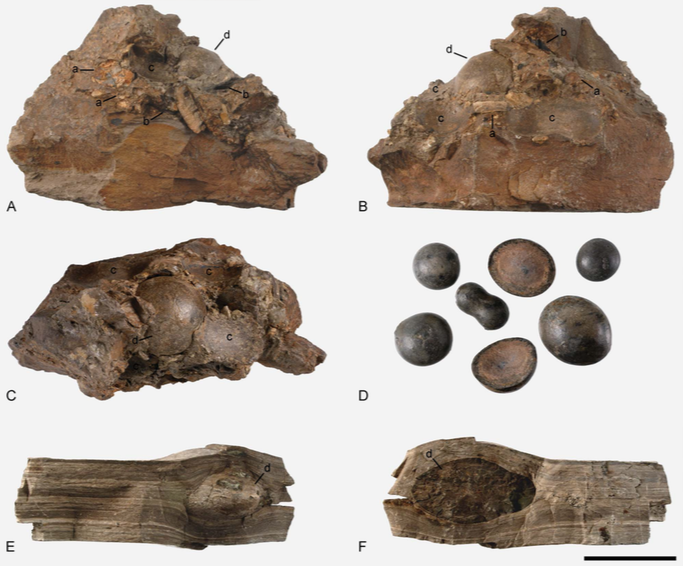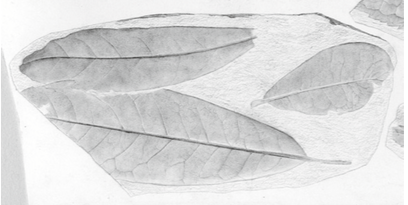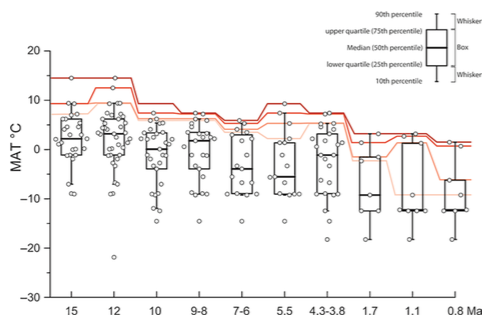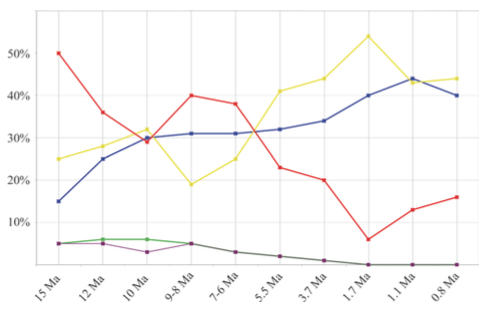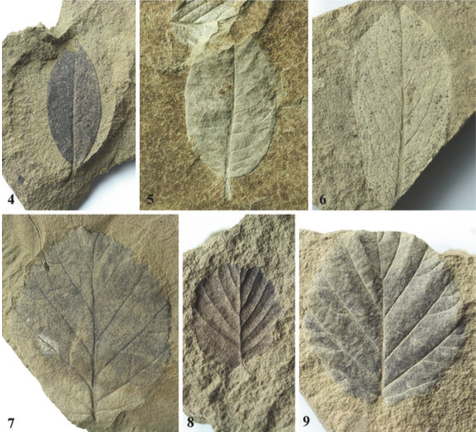Diverse fossil Onagraceae pollen from a Miocene palynoflora of north-east China: early steps in resolving the phytogeographic history of the family – 2012
Authors: Friðgeir Grímsson, Reinhard Zetter, Qin Leng The origin and evolution of angiosperms can be unravelled by using fossil records to determine first occurrences and phytogeographic histories of plant families and genera. Many angiosperm families, for example the Onagraceae, have a poor macrofossil record, but are more common in palynological records. Modern Onagraceae produce pollen [...]
